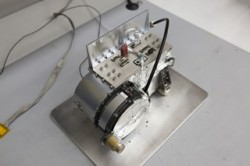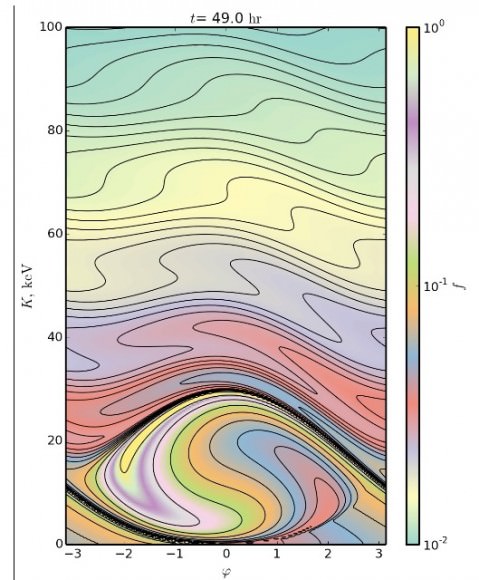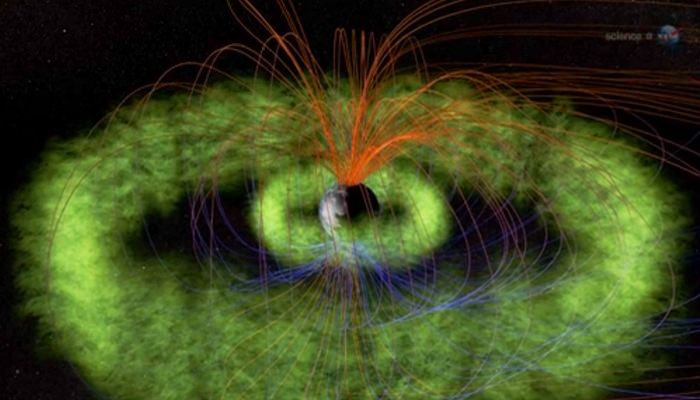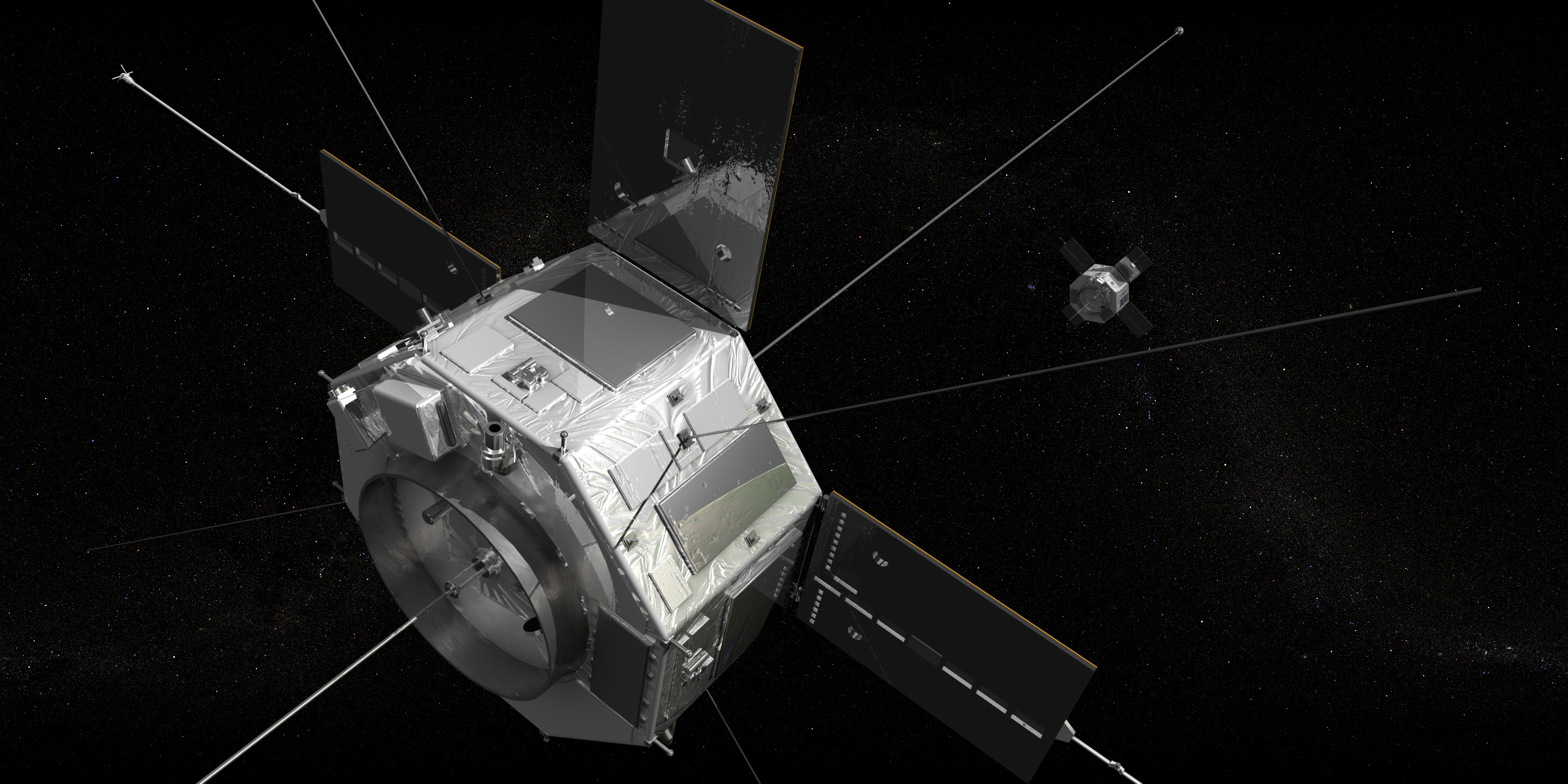Earth’s inner radiation belt displays a curiously zebra-esque striped pattern, according to the latest findings from NASA’s twin Van Allen Probes. What’s more, the cause of the striping seems to be the rotation of the Earth itself — something that was previously thought to be impossible.
“…it is truly humbling, as a theoretician, to see how quickly new data can change our understanding of physical properties.”
– Aleksandr Ukhorskiy, Johns Hopkins University Applied Physics Laboratory
Our planet is surrounded by two large doughnut-shaped regions of radiation called the Van Allen belts, after astrophysicist James Van Allen who discovered their presence in 1958. (Van Allen died at the age of 91 in 2006.) The inner Van Allen belt, extending from about 800 to 13,000 km (500 to 8,000 miles) above the Earth, contains high-energy electrons and protons and poses a risk to both spacecraft and humans, should either happen to spend any substantial amount of time inside it.
Read more: Surprising Third Radiation Belt Found Around Earth

Launched aboard an Atlas V rocket from Cape Canaveral AFS on the morning of Aug. 30, 2012, the Van Allen Probes (originally the Radiation Belt Storm Probes) are on a two-year mission to investigate the belts and find out how they behave and evolve over time.
One of the instruments aboard the twin probes, the Radiation Belt Storm Probes Ion Composition Experiment (RBSPICE), has detected a persistent striped pattern in the particles within the inner belt. While it was once thought that any structures within the belts were the result of solar activity, thanks to RBSPICE it’s now been determined that Earth’s rotation and tilted magnetic axis are the cause.
“It is because of the unprecedented high energy and temporal resolution of our energetic particle experiment, RBSPICE, that we now understand that the inner belt electrons are, in fact, always organized in zebra patterns,” said Aleksandr Ukhorskiy of the Johns Hopkins Applied Physics Laboratory (APL) in Laurel, Md., co-investigator on RBSPICE and lead author of the paper. “Furthermore, our modeling clearly identifies Earth’s rotation as the mechanism creating these patterns. It is truly humbling, as a theoretician, to see how quickly new data can change our understanding of physical properties.”
The model of the formation of the striped patterns is likened to the pulling of taffy.

“If the inner belt electron populations are viewed as a viscous fluid,” Ukhorskiy said, “these global oscillations slowly stretch and fold that fluid, much like taffy is stretched and folded in a candy store machine.”
“This finding tells us something new and important about how the universe operates,” said Barry Mauk, a project scientist at APL and co-author of the paper. “The new results reveal a new large-scale physical mechanism that can be important for planetary radiation belts throughout the solar system. An instrument similar to RBSPICE is now on its way to Jupiter on NASA’s Juno mission, and we will be looking for the existence of zebra stripe-like patterns in Jupiter’s radiation belts.”
Jupiter’s Van Allen belts are similar to Earth’s except much larger; Jupiter’s magnetic field is ten times stronger than Earth’s and the radiation in its belts is a million times more powerful (source). Juno will arrive at Jupiter in July 2016 and spend about a year in orbit, investigating its atmosphere, interior, and magnetosphere.
Thanks to the Van Allen Probes. Juno now has one more feature to look for in Jupiter’s radiation belts.
“It is amazing how Earth’s space environment, including the radiation belts, continue to surprise us even after we have studied them for over 50 years. Our understanding of the complex structures of the belts, and the processes behind the belts’ behaviors, continues to grow, all of which contribute to the eventual goal of providing accurate space weather modeling.”
– Louis Lanzerotti, physics professor at the New Jersey Institute of Technology and principal investigator for RBSPICE
The team’s findings have been published in the March 20 issue of the journal Nature.
The Van Allen Probes are the second mission in NASA’s Living With a Star program, managed by NASA’s Goddard Space Flight Center in Greenbelt, MD. The program explores aspects of the connected sun-Earth system that directly affect life and society.
Source: Van Allen Probes news release



